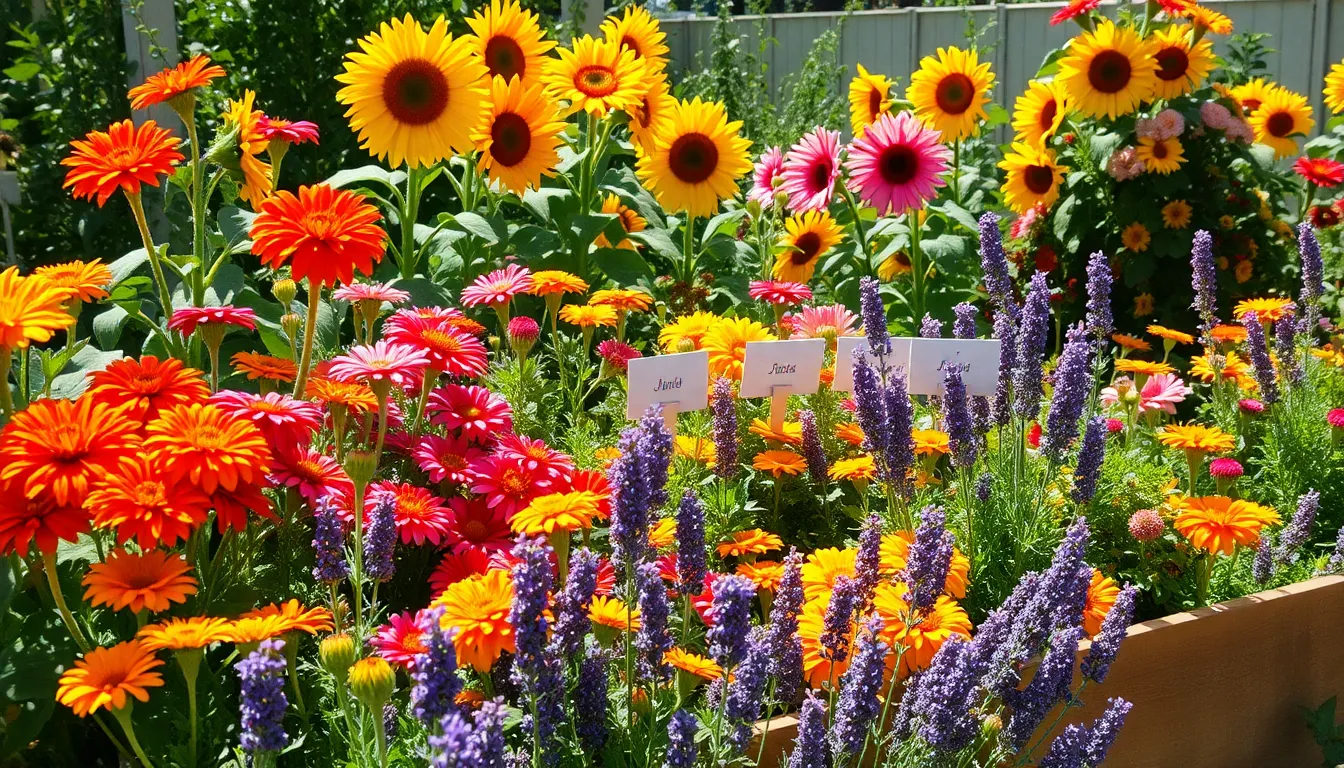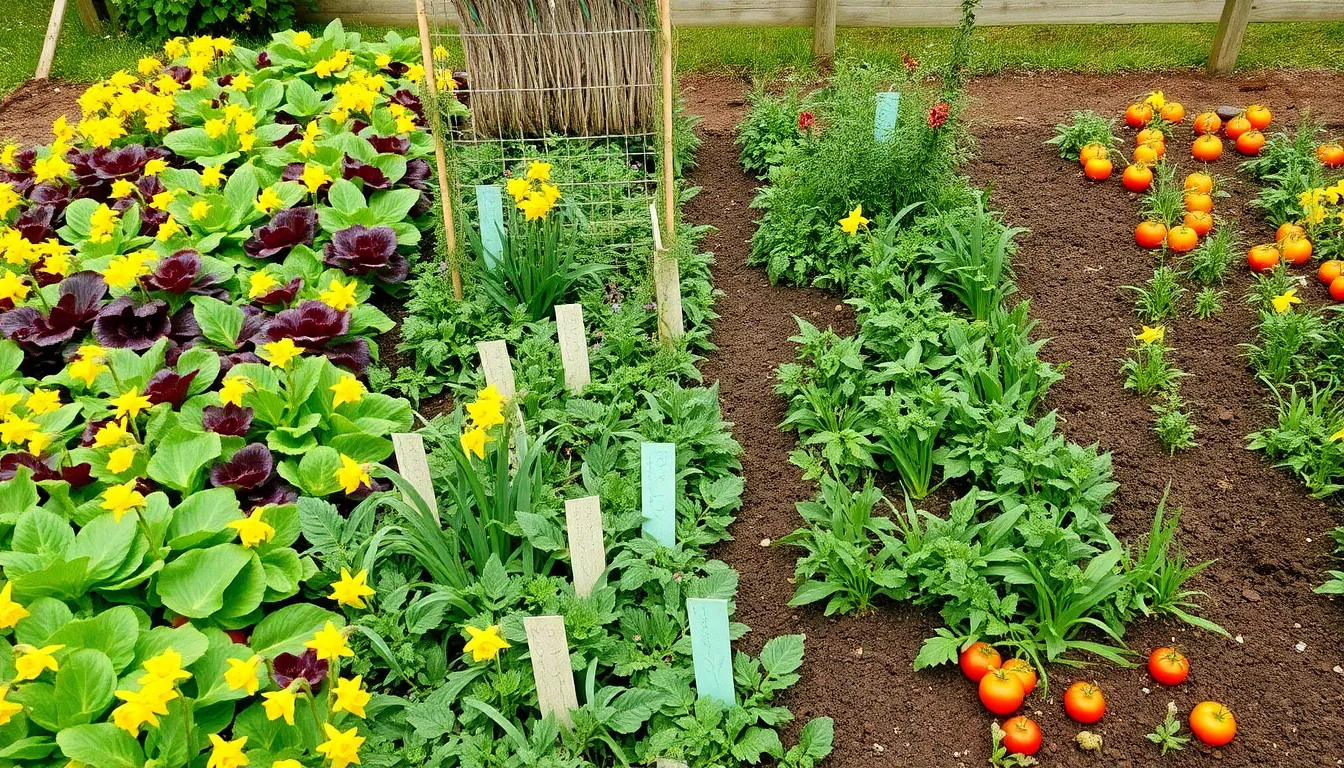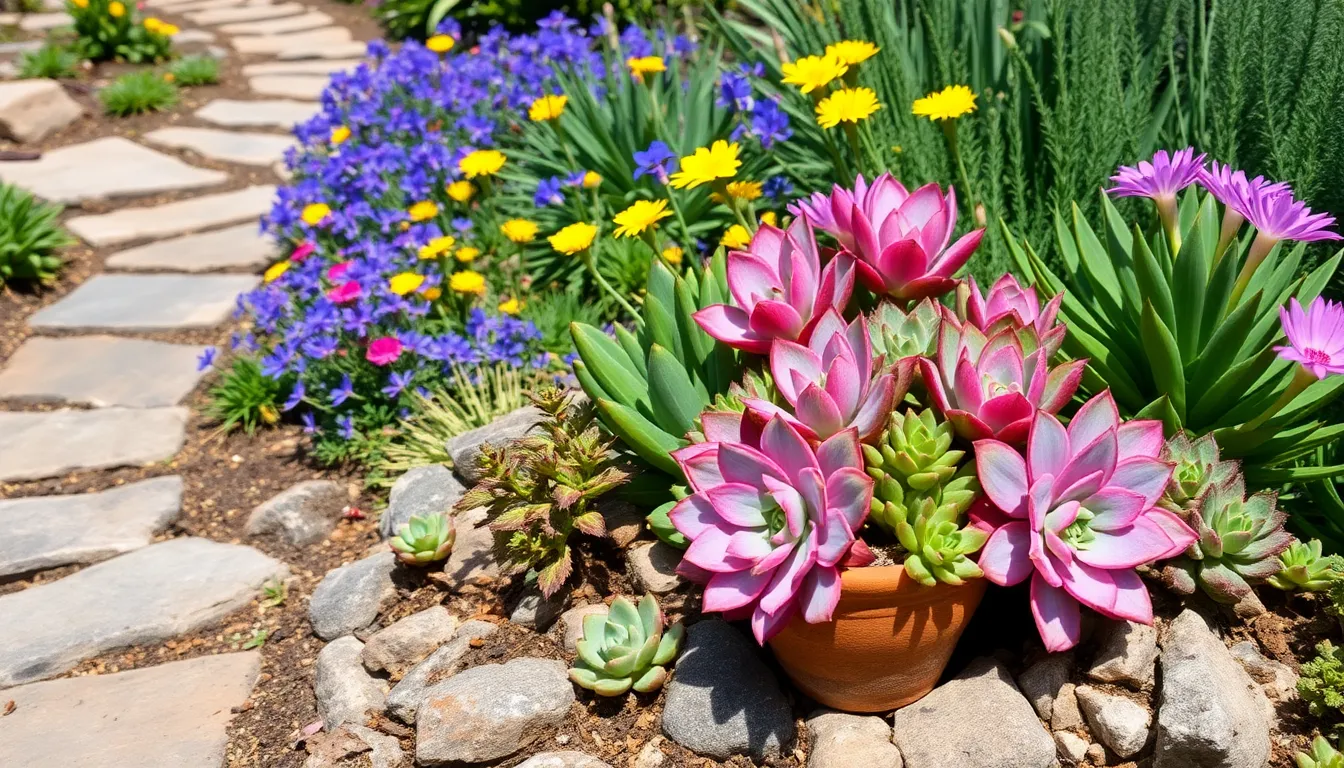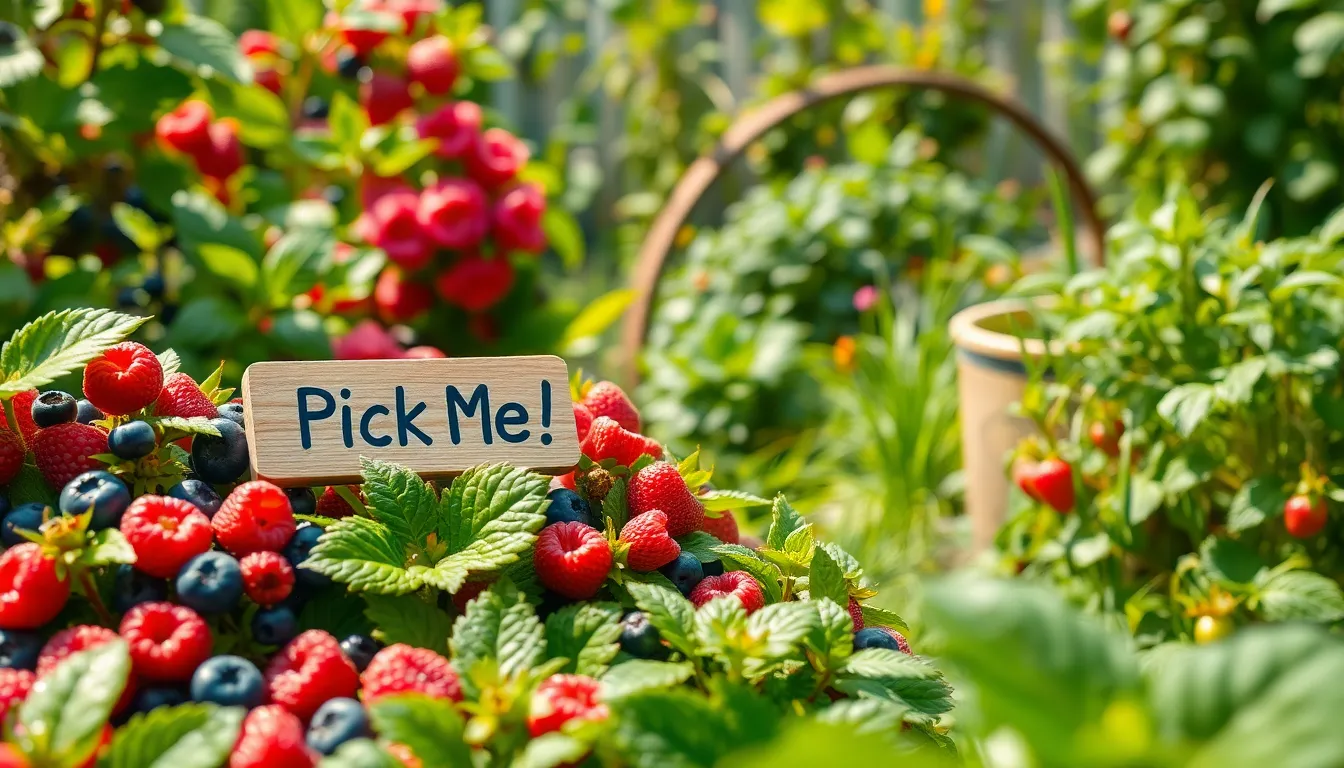Welcome to the enchanting world of flower gardening, where vibrant colors and delightful scents invite you to transform any patch of earth into a living masterpiece. Whether you’re sowing your first seeds or you’ve been nurturing blooms for years, this guide is designed to inspire and equip you with the essential tips to cultivate a flourishing garden.
In our beautifully curated list of garden design tips, you’ll discover strategies that simplify the process and enhance your gardening experience. These practical insights are crafted to help you overcome common challenges and unlock the joy and satisfaction that come from watching your garden thrive.
By following these tried-and-true techniques, you’ll gain the confidence to create a stunning floral oasis that reflects your personal style and passion. Embrace the rewards of successful gardening, where every blossom tells a story and every garden visit becomes a cherished moment of tranquility and accomplishment.
Choose Easy-Care Flower Varieties
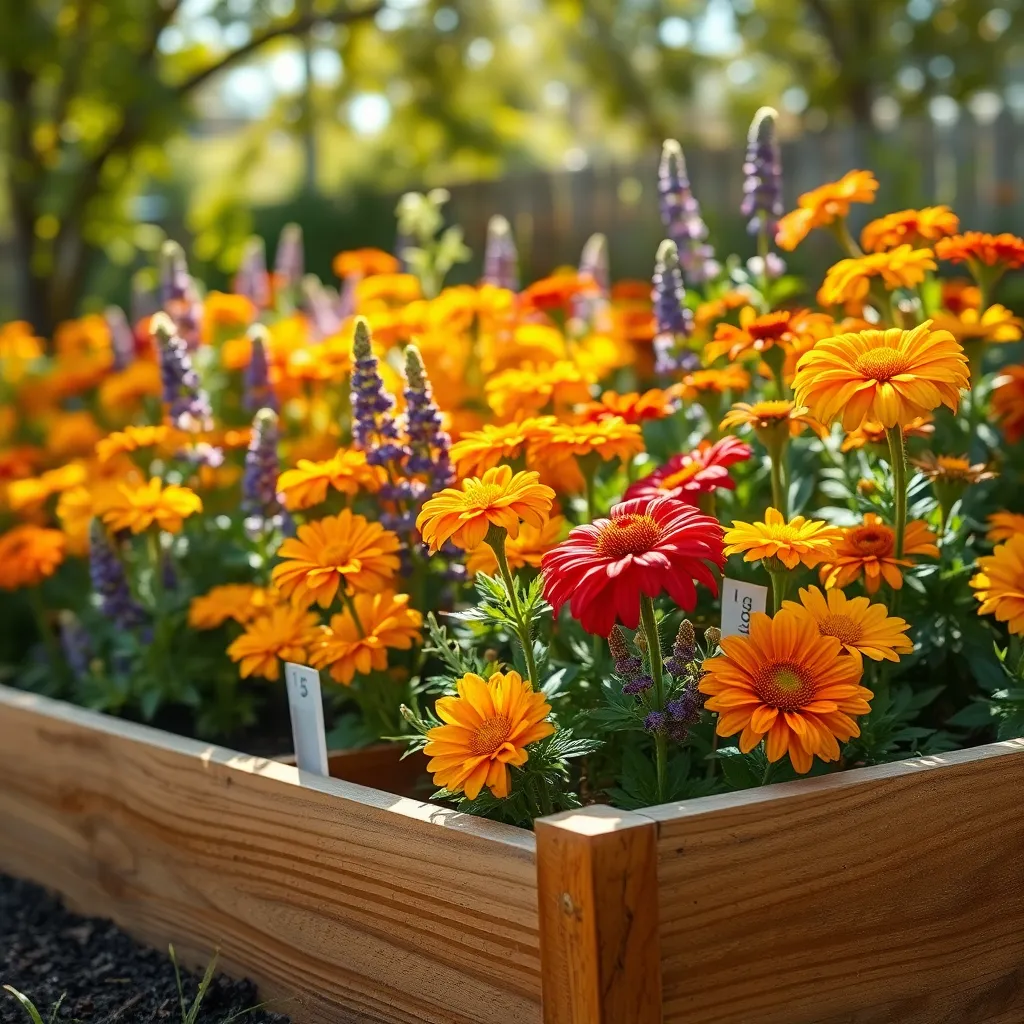
Choosing easy-care flower varieties is an excellent way for beginners to gain confidence in gardening. Start with hardy perennials like daylilies and coneflowers, which thrive in a wide range of conditions.
Daylilies are particularly forgiving, tolerating various soil types and requiring minimal watering once established. To boost their blooms, plant them in a spot that gets at least six hours of sun daily and apply a balanced fertilizer in spring.
Coneflowers, with their vibrant blooms, attract beneficial pollinators like bees and butterflies. Plant them in well-drained soil and ensure they receive full sun, watering deeply but infrequently to encourage strong root growth.
For a shade-tolerant option, consider hostas, which offer lush foliage and are low-maintenance. They do best in rich, well-drained soil and need adequate moisture, so mulch around the base to maintain soil moisture and suppress weeds.
Plant in Well-Drained Soil
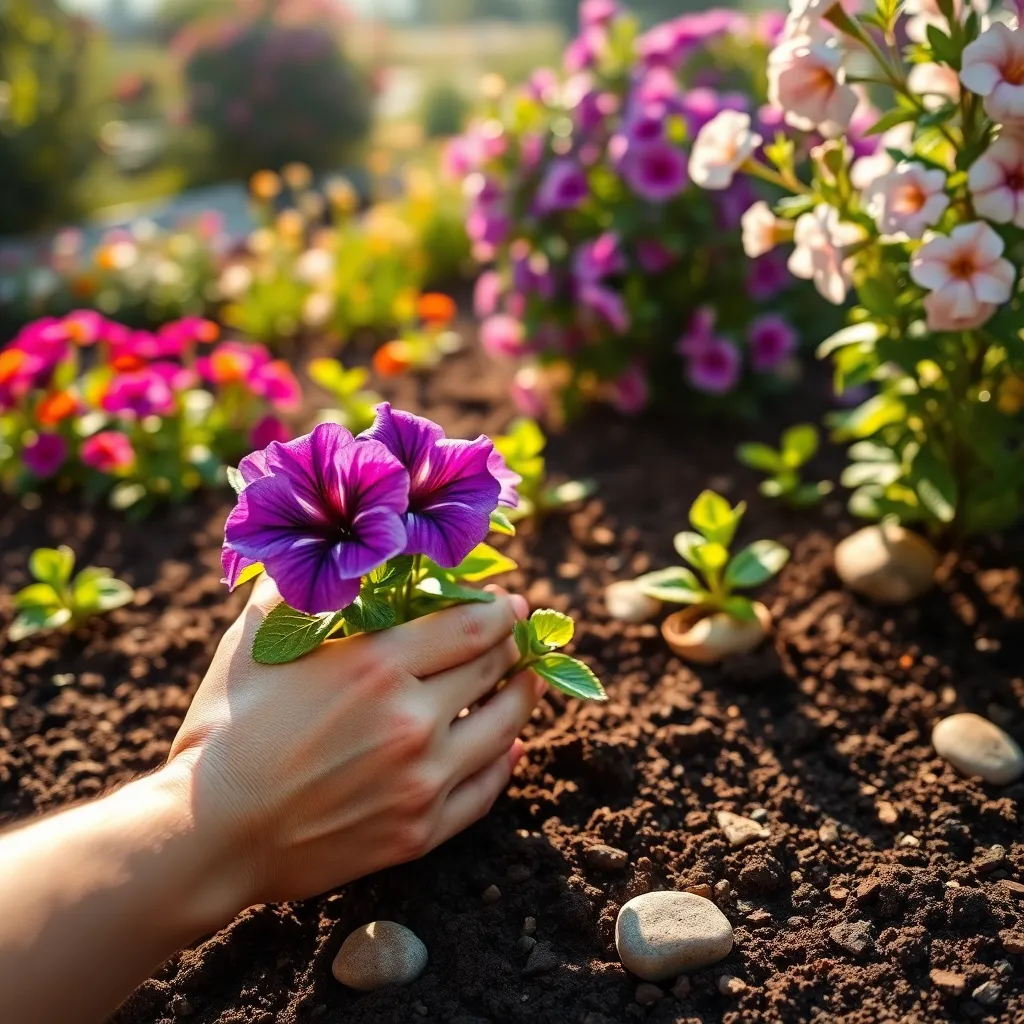
Ensuring your flowers are planted in well-drained soil is crucial for healthy growth. Poor drainage can lead to root rot, which is a common issue that can easily be avoided with the right soil preparation.
Before planting, test your soil by digging a hole about 12 inches deep and filling it with water. If the water drains within a few hours, your soil is likely well-drained; if not, consider improving it with organic matter.
Adding organic matter such as compost or well-rotted manure can significantly enhance drainage. Mix these amendments into the top 6-12 inches of soil to ensure that water moves through the soil more efficiently.
For those living in areas with heavy clay soil, consider creating raised beds to improve drainage. Raised beds lift plant roots above the natural soil line, allowing excess moisture to escape more easily.
Mulching around your flower beds can also help maintain optimal moisture levels. Use organic mulches, like bark or wood chips, to conserve moisture while simultaneously improving soil structure over time.
Water Early in the Morning
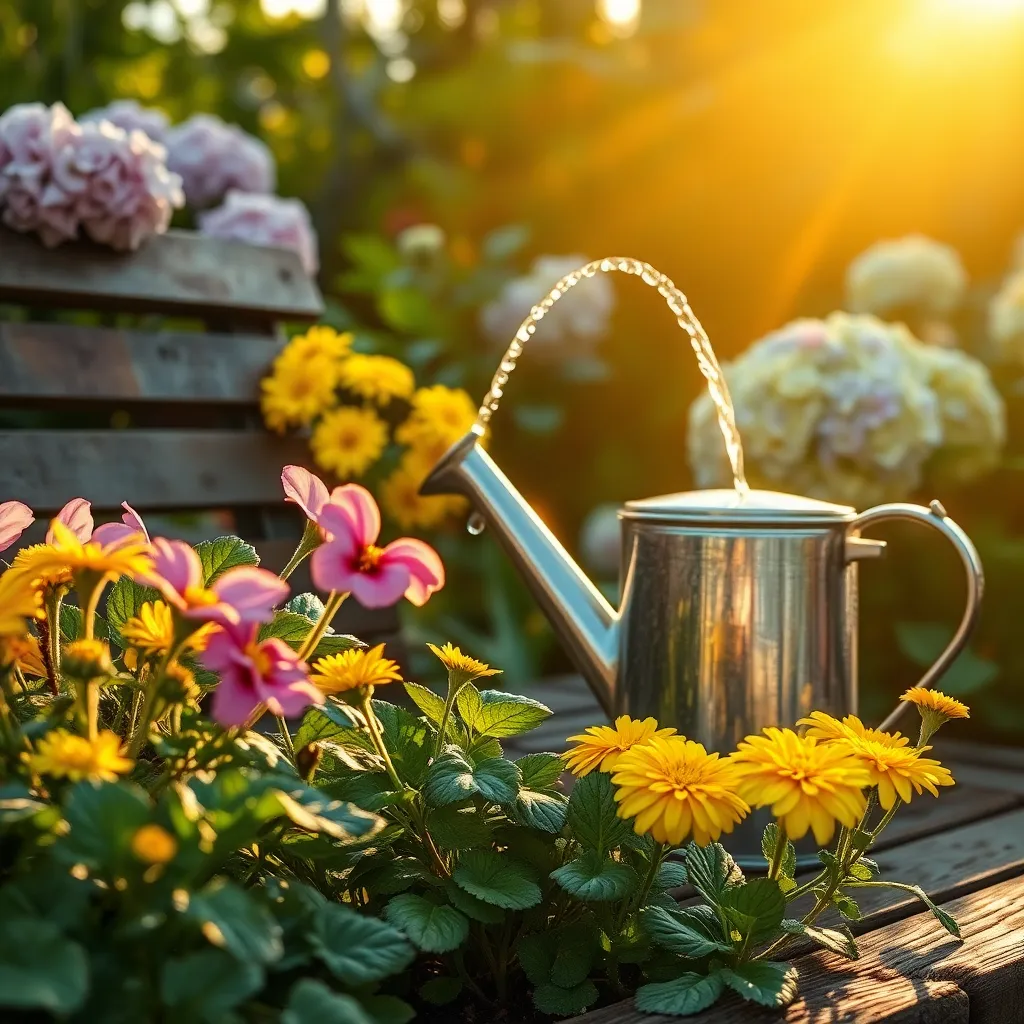
Watering your flowers early in the morning is a key practice for a thriving garden. This timing allows the water to soak into the soil before the sun’s heat causes evaporation, ensuring your plants get the hydration they need.
Morning watering also gives plants a chance to dry off during the day. This helps prevent fungal diseases that can occur when foliage remains damp overnight.
For beginners, a simple rule of thumb is to water thoroughly but less frequently. This encourages deeper root growth, making plants more resilient during dry spells.
Advanced gardeners can use a moisture meter to check soil dampness before watering. This is especially useful for clay soils, which retain moisture longer than sandy soils and can lead to overwatering if not monitored.
Consider using a drip irrigation system for more precise watering. This method delivers water directly to the plant roots, reducing wastage and ensuring each flower gets the attention it needs.
Apply Mulch to Retain Moisture
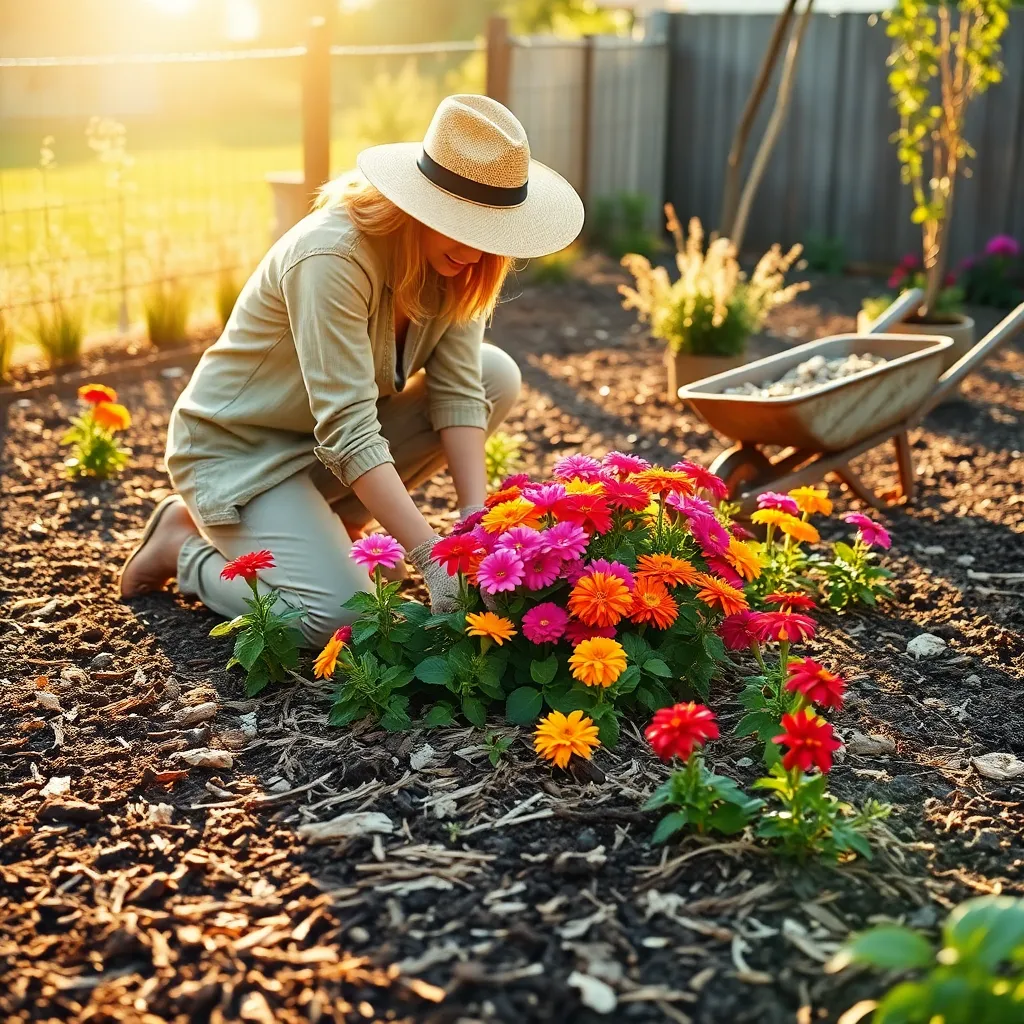
Applying mulch is a simple yet effective way to retain moisture in your flower garden. It helps to reduce evaporation, allowing the soil to stay damp for longer periods, which is crucial for healthy plant growth.
Begin by selecting the right type of mulch for your garden. Organic mulches like shredded bark, straw, or compost are excellent choices as they break down over time, adding nutrients to the soil.
Spread a layer of mulch about two to three inches thick around your flowers, ensuring it doesn’t touch the stems directly. This coverage not only conserves moisture but also helps suppress weeds that compete with your plants for water and nutrients.
Remember to refresh your mulch layer periodically. As mulch decomposes, it can become compacted, which may reduce its effectiveness, so adding a fresh layer once or twice a year can maintain its benefits.
Deadhead Regularly to Encourage Blooms
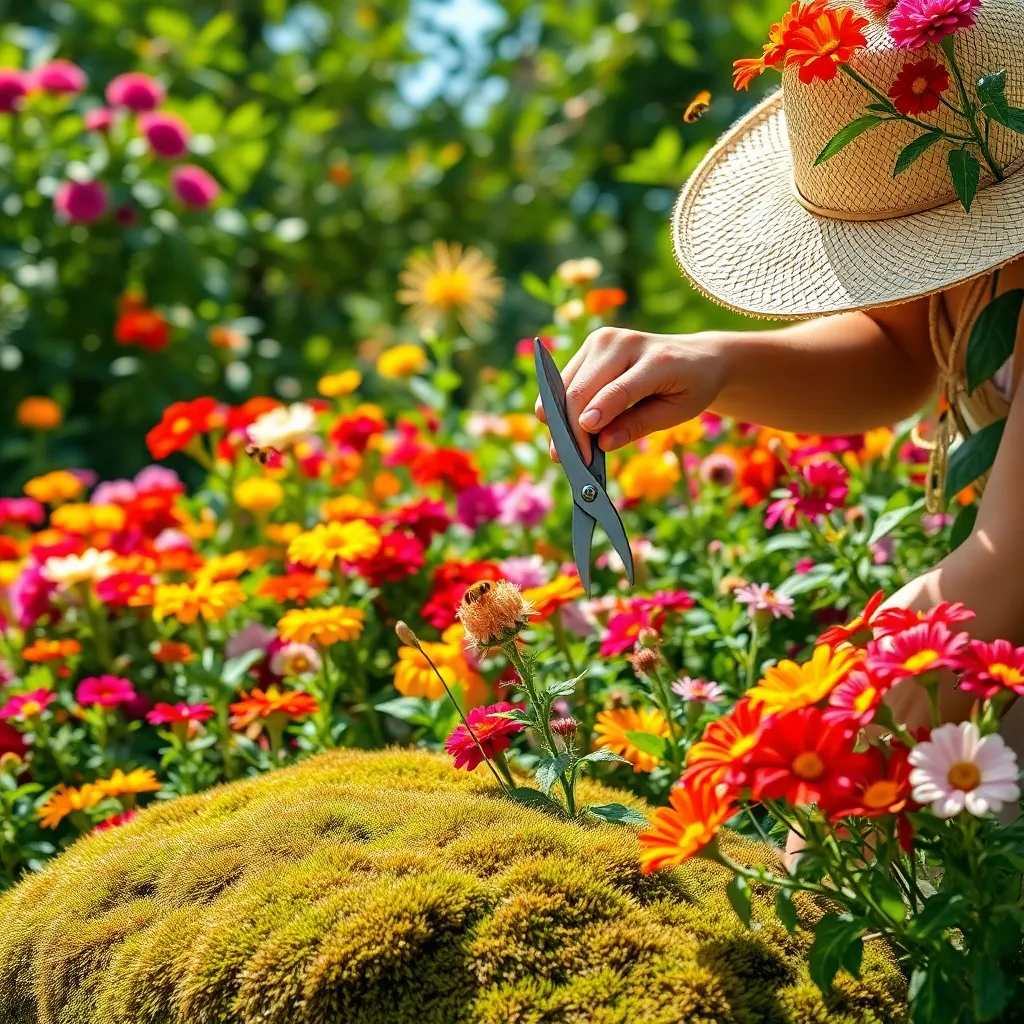
Deadheading is a simple yet effective way to keep your flowers blooming throughout the growing season. By removing spent flowers, you encourage the plant to focus its energy on producing new blooms rather than seed formation.
To deadhead properly, use a pair of clean, sharp scissors or pruning shears. Cut the flower stem just above the first set of healthy leaves, taking care not to damage any new growth that might be emerging.
It’s important to deadhead regularly, especially for plants like roses, petunias, and geraniums, which are known for their prolific blooming. Check your plants weekly to remove any faded flowers and ensure continuous flowering.
For those looking to refine their skills, try deadheading in the early morning when plants are less stressed from the heat. This practice helps minimize plant shock and allows for quicker recovery and new growth.
Conclusion: Growing Success with These Plants
As we’ve explored in ‘Flower Gardening Tips for Beginners,’ nurturing relationships is much like tending to a vibrant garden. First, understanding the needs of each plant mirrors recognizing the unique needs of your partner. Second, creating a balanced environment is akin to establishing harmony in your relationship. Third, regular maintenance, just like consistent communication, ensures growth and resilience. Fourth, patience and time are crucial, reminding us that love, like flowers, must blossom at its own pace. Finally, embracing change and new blooms reflects the adaptability and growth inherent in thriving relationships.
Now, take the first actionable step: identify one area in your relationship that could benefit from a little more nurturing, and dedicate time this week to address it. Whether it’s a heartfelt conversation or a simple shared activity, small efforts can yield beautiful results.
Bookmark this article as your go-to guide for relationship gardening. As you cultivate these principles, envision the flourishing relationship you desire, one where mutual growth and understanding are at the forefront. With each step, you’re not just tending to a garden; you’re building a future of love and connection that blooms continuously. Let’s get started on this journey of growth and see your relationship thrive.

